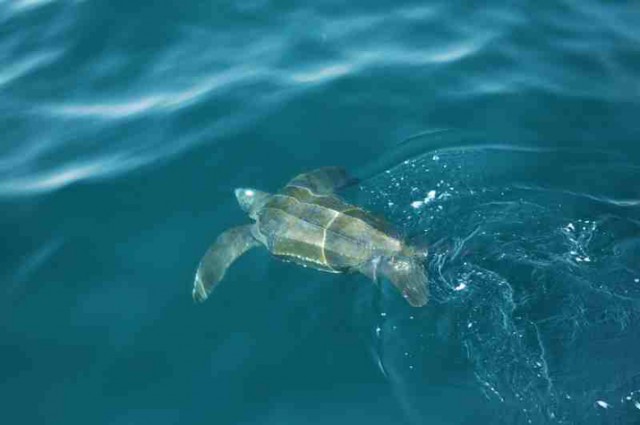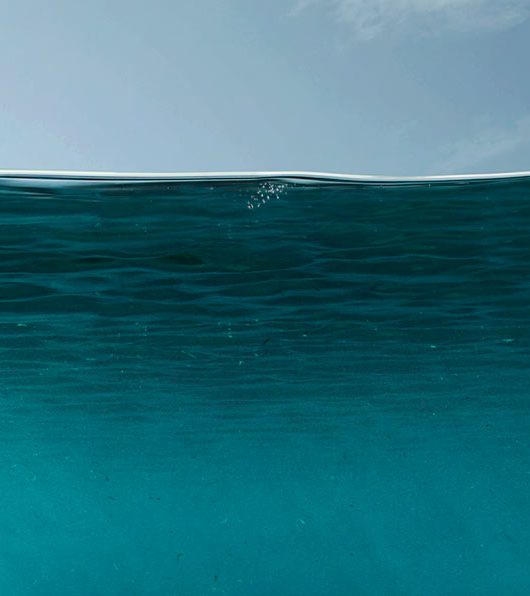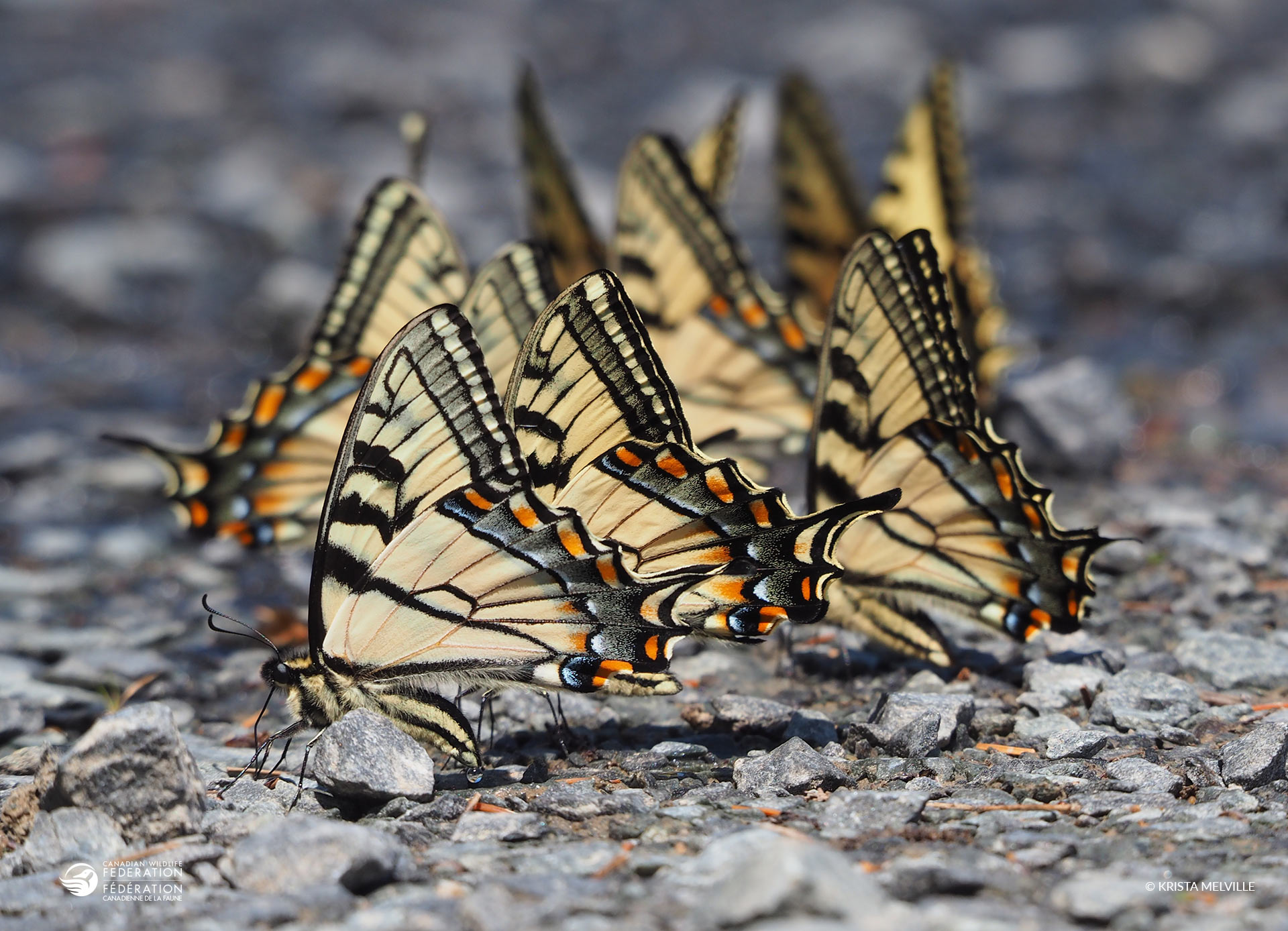![]()

Leatherback sea turtles have been here since the time of the dinosaurs. They’ve made it through millions of years of global change, until now. Today, they face threats that they can’t beat without help from us.
These majestic reptiles are international animals. They may feed on jellyfish in our waters, but soon they are off making their epic migration to their southern nesting beaches and wintering waters. Wherever these turtles journey, the biggest threats to leatherbacks come from humans, and they happen both on nesting beaches and when the turtles are at sea.
When they travel to their southern wintering grounds, they are often faced with being killed for their meat, beach development that makes nesting difficult and sometimes impossible, light pollution, and so much more.
Here in Canada, they also face three major threats:
- In Canadian waters, leatherbacks are at risk when they become accidentally entangled in fishing gear. They can drown if they are entangled in a way that prevents them from breathing air. They can also be severely injured in fishing gear, and can later die as a result of those injuries.
- Leatherbacks are also at risk in Canadian waters when they mistake plastics floating in the water for jellyfish and eat them. The plastic can block their gut causing them to starve, or it can prevent them from properly absorbing the nutrients in their diet.
- Leatherbacks in Canada are also occasionally killed when they are hit by ships. We do not yet know the full extent of the threats posed to leatherbacks by oil and gas exploration or by climate change.
But all is not lost. There are plenty of people who care about this beautiful reptile and are committed to conserving the species. The Canadian Wildlife Federation is continuously working on risk analyses for this species, aiming to predict where in Canada the biggest dangers are for this turtle, and how we can protect it. Moreover, the leatherback is protected under federal law with the Species at Risk Act (SARA).
Furthermore, there are people on the front lines that are working hard to protect the leatherback. More and more fishermen are adopting best practices to avoid entangling turtles in their fishing line. They’re using less rope in recent years and they are also conscious of the turtles, allowing them to pass through the area before casting their nets. Moreover, when they spot an entangled leatherback, many are reporting their sightings to the Canadian Sea Turtle Network and requesting help to free the turtles.



